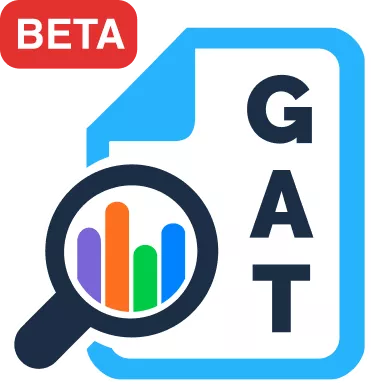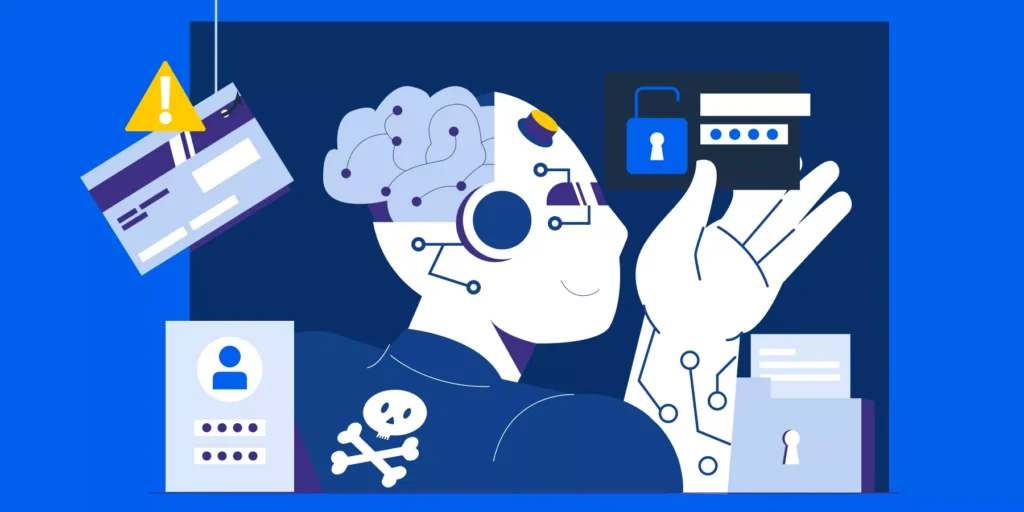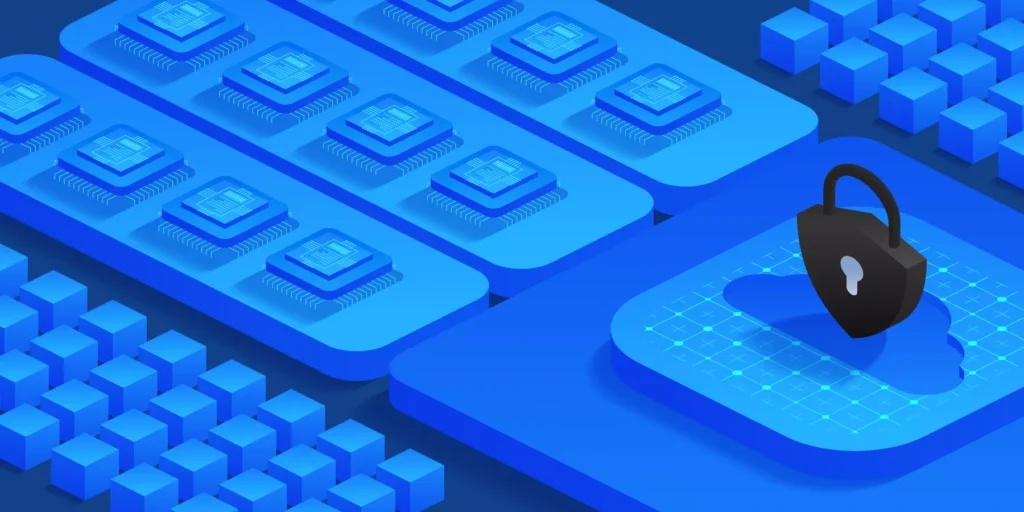How to retain your best employees and keep them motivated, remotely?
Employee retention has always been a persistent HR concern.
With new companies coming to the scene every day and fancy opportunities swooping up Top market talent, you can’t stop your best employees from getting approached by recruiters on LinkedIn.
However, you can increase the chances of these offers being met with a sincere rejection that only comes from ‘employee satisfaction’.
You see, Employee Retention heavily rests on Employee Satisfaction, which boils down to how well you understand and deal with employees’ needs and concerns.

If there’s one thing we can learn from the ‘Great Resignation’ of 2021 and the abrupt shift in the way we work that preceded it, it’s that we need to keep up with changing times and changing needs.
Today, as remote work becomes the ‘new normal’, many employee retention factors, like vibrant office spaces and onsite perks, have changed — or rather became non-existent.
That’s why today we need to revisit the question ‘What does it take to keep employees happy?’ but in the post-lockdown remote or hybrid context.
5 HR Musts for Remote Employee Retention in 2022
So what does it take to keep your brightest employees happy remotely?
Improving benefits and salaries is one way to boost employee retention and keep employees happy — but it certainly isn’t everything.
1. RESOLVE RECURRENT IT HURDLES
When your employees are working remotely the technology they use must help them do their jobs, not the opposite.
Spending long hours submitting IT tickets can be super frustrating and cause serious employee burnout.
And unlike the physical office, where simple issues can be easily resolved by switching computers, the same issues can bring an employee’s workday to a complete halt when working remotely.
Now don’t get me wrong! — All companies experience IT issues, that’s just part of the operational cycle now.
What I’m referring to are the recurrent IT issues that remain barely resolved.
These can kill employee motivation and significantly affect productivity and employee retention rates.
2. PUT RECOGNITION INTO ACTION
”Employees that don’t feel recognized are twice as likely to quit” — Tiny Pulse.
As long as employees know their hard work is ‘’recognized’’, they’ll be willing to go above and beyond (the opposite is also true).
Employee recognition is fundamental to your organization’s retention efforts. Your employees expect appreciation for their hard work and you need a powerful overview of your employees’ efforts to do that.
One way to stay in the know of who your Top achievers are is by receiving scheduled reports (monthly, weekly, etc.) on employee performance.
This helps you put recognition into action and identify who is most fit for an incentive or a promotion.
3. CAREER ADVANCEMENT = RETAINED TALENT
Every statistic in the world indicates that career advancement is a prerequisite for lowering churn.
If your employees feel ‘stuck’ in the same position for too long with no advancement, many of them will start job hunting — That’s just how it goes. Promotions play a huge role in retaining top talent.
Now, when your employees are working remotely you need to be very clear on how you plan to proceed with employee ‘advancement’ efforts.
For instance:
- Introduce virtual training for employees who need to learn new skills.
- Don’t defer due promotions but rather make sure managers work up a step-by-step plan with their employees to get them where they need to be.
- Assign ‘virtual buddies’ to help newcomers build up their knowledge.
Remember, with the limitation of face-to-face contact, it’s easy for employees to feel ‘stuck’ when working remotely unless they have a clear vision of your advancement plans for them.
4. ACCESS TO KNOWLEDGE REPOSITORIES
Employees need access to as much relevant knowledge as possible to handle trickier tasks more smoothly and not burn out.
In the physical office, many employees, especially new joiners, feel ‘assured’ being surrounded by a bunch of experienced colleagues that they can go to whenever they need help.
HOWEVER, when working remotely, that kind of physically present support is different.
Yes, colleagues are still there for each other. But it’s not as simple as walking across the room to a colleague for a quick question.
That’s why you need to make knowledge resources more digitally available for those who need them.
To that, you may need to dig into your available knowledge repositories and make sure that every valuable piece of knowledge base ever created is easily accessible for those who need it.
How can GAT help?
In every department or organization, there’s usually a ‘go-to’ person who is more of an expert on a particular topic. But how can you identify who that person is, fast?
GAT offers a feature where you can simply type any topic’s name into the tool’s search bar and BAM. It scans all Google Docs, emails, and Calendar data, giving you a list of the best people to approach for knowledge on that topic.
5. FEED THAT COMMUNICATION FLOW
Saving the best for last? Yup
I can’t stress the importance of communication enough, especially when it comes to remote work. Without strong communication, all of the above efforts might as well be futile.
Think of communication as the blood that carries vital nutrients to all of your organization’s limbs. If the blood is cut off in one area, the entire body would suffer.
Communication starts from your most junior employee and flows towards higher management, and vice versa. That flow should always be active, smooth, and transparent.
Reassess your communication channels, and make sure they’re easy to use and aligned with remote work. That’ll help you, as an HR specialist, stay on top of all employee retention factors and not wait until those exit interviews to find out about them.
Closing thoughts
All the statistics point out that HR departments need to align their priorities with the new post-pandemic workplace modules, including Permanent remote and hybrid work modules, to retain their best employees.
Particular attention needs to be paid to IT and Tech issues, employee recognition, advancement opportunities, knowledge repositories, and communication flows.
That’ll help you, as an HR specialist, stay on top of all employee retention factors and not wait until those exit interviews to find out about them.
Insights That Matter. In Your Inbox.
Join our newsletter for practical tips on managing, securing, and getting the most out of Google Workspace, designed with Admins and IT teams in mind.








